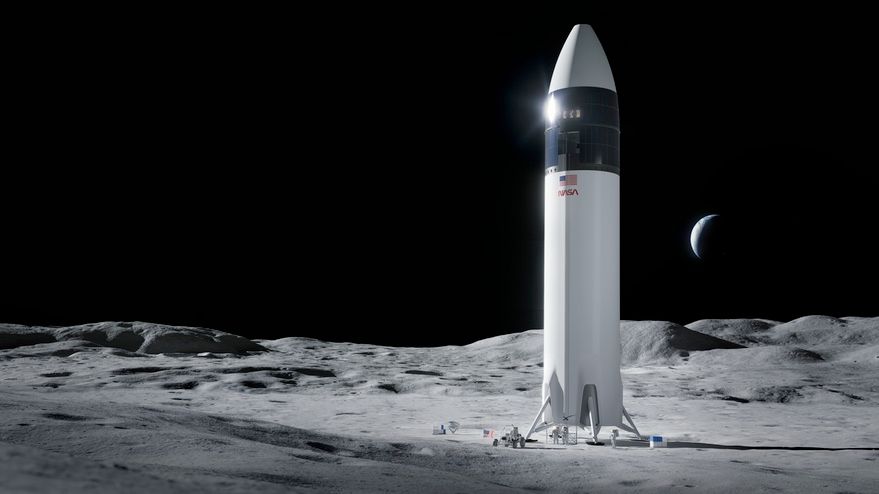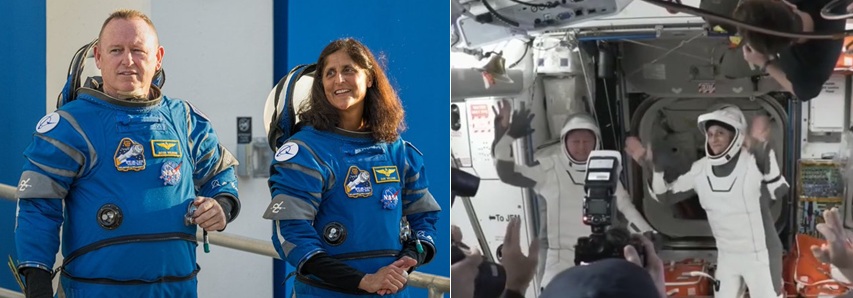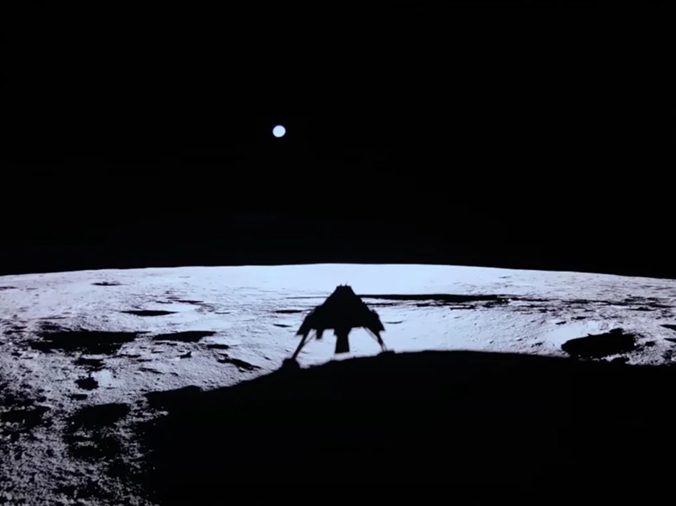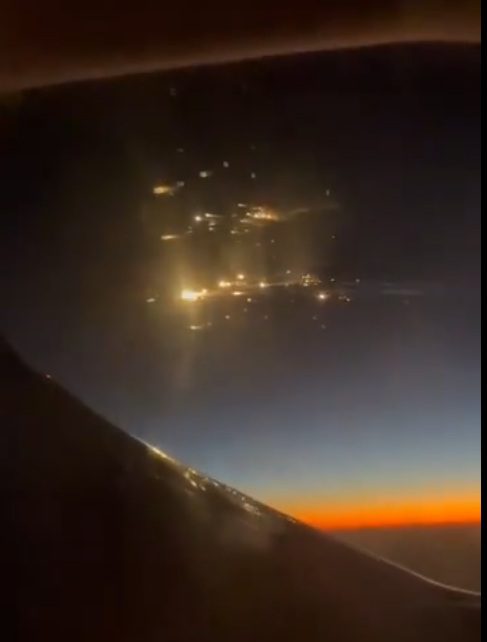While it occupies just a small portion of the spending in the trillion dollar budget of the US Government, as that was passed by Congress and the US Senate, NASA unexpectedly found itself a winner at this year’s throw of the dice. The Administration has been awarded US$18.01 billion as its budget for the fiscal year 2015 – some US$549 million more than the administration actually asked for, and US$350 million higher than this year’s funding.
Within the budget itself there were some big winners and a few smaller losers. With strong congressional and Senate support, the SLS rocket was awarded US$1.7 billion in funding – some US$320 million more than NASA requested. Meanwhile, the Orion manned capsule receives US$1.194 million – again US$141 million more than requested. Despite these extra amounts, NASA is at pains to note that the first SLS/Orion flight will still not be before 2018. This is a change of tack by NASA, as previously (and a little disingenuously), a lack of funding for SLS was hinted at as the likely cause of any SLS launch delay.
Actually, the development of SLS is known to be going well, along with that of the Orion capsule. As such, it could be the construction of launch and ground support facilities and the development of the Orion Service module (by ESA) which determines the date of the first SLS flight.
While NASA has reduced its selection for further funding to just two Commercial Crew Programme runners, Boeing and SpaceX, (DT comment: NASA foolishly dropped the better longer term solution – the Dreamchaser mini-shuttle by Sierra Nevada), the programme has less support in Congress and thus receives US$805 million, a little less than the US$848 million requested.
While most of the other programmes more or less got what they wanted, planetary science was a winner with US$150 more than requested at US$1.44 billion.






